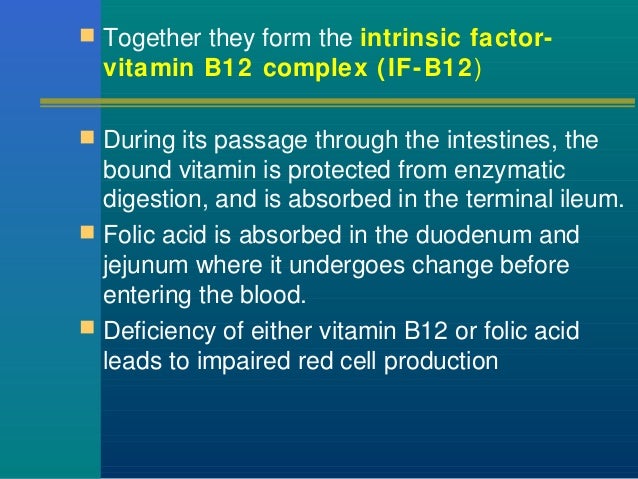
those with normal MCHC) are normochromic and carry an appropriate amount of hemoglobin. Pale red blood cells (those with low MCHC) are hypochromic and can be seen with iron deficiency (since hemoglobin is made up of iron) or immature red blood cells in the bloodstream (known as polychromasia). MCH / MCHC: Mean Corpuscular Hemoglobin and Mean Corpuscular Hemoglobin Concentration (the latter being more accurate and more useful) measure how much hemoglobin is attached to red blood cells, generally described as the “color” of red blood cells.Small red blood cells may be observed with other mineral deficiencies (low iron or copper), liver diseases (such as portosystemic shunts), or can be a normal finding in young animals and some dog breeds (such as Akitas and Shiba Inus). Large red blood cells may also be seen in certain diseases (such as feline leukemia virus infection), certain vitamin or mineral deficiencies, or may be a normal finding in some poodles. Large red blood cells may be seen in cases of anemia in the face of low red blood cells, bone marrow, which makes red blood cells, is triggered to prematurely release immature red blood cells (or reticulocytes, which are larger than the mature red blood cells typically released into the bloodstream in normal patients). Although healthy animals are typically normocytic, normally-sized red blood cells may also be observed in certain chronic illnesses (such as kidney failure or certain cancers). Normally-sized red blood cells are termed normocytic while red blood cells that are too large or too small are called macrocytic and microcytic, respectively. MCV: Mean Corpuscular Volume measures the average size of red blood cells.If your pet is dehydrated, the same volume of blood will have less water content, causing red blood cells to make up a higher proportion of that same blood volume, creating a higher HCT or PCV than if your pet was well hydrated. A high HCT or PCV can indicate excitement (as previously explained) or dehydration. Just like a low RBC count, a low HCT or PCV also indicates anemia. Due to potential errors in the machine, HCT is not as accurate as PCV, which is measured visually by your vet or laboratory technician. HCT is calculated by the laboratory machine that analyzes the test tubes containing a blood sample. A normal measurement in a dog is about 45%, while normal in a cat is around 35%. HCT / PCV: Hematocrit (HCT) and Packed Cell Volume (PCV) both indicate what percentage of blood is comprised of red blood cells (as opposed to other types of blood cells, blood proteins, and water).High TIBC can occur with iron deficiency. Low TIBC may be an indication of anemia, malnutrition, liver disease, or inflammation. TIBC: Total Iron Binding Capacity measures how much of the protein that can carry iron to the rest of the body is present in blood.A low HGB means that the body’s organs may not be receiving as much oxygen as normal. HGB: Hemoglobin is a protein that binds iron to red blood cells to facilitate oxygen transport.erythrocytosis) if your pet was excited or nervous during its blood draw adrenaline kicks in during nervousness, telling the spleen to release a bunch of red blood cells to prepare for “fight-or-flight” mode.

Red blood cells carry oxygen and nutrients to be used by each tissue in the body as well as transport waste products away from these tissues for elmination.
Lymphs low and low bun and ag ratio high how to#
What does each test measure? What if the numbers are outside the reference range? Wouldn’t it be nice to know how to interpret your dog or cat’s labwork results? The Meowing Vet is here to help! So get comfy by changing into your yoga pants and pouring yourself a nice hot cup of tea, ’cause this post is loooooooong, girl! Whether your pet requires tests for an upcoming procedure, or whether he or she has been ill and your vet recommends bloodwork, you’re bound to have questions as any concerned pet owner would. Worrying about your pet’s bloodwork can be even scarier… But blood tests don’t have to be so frightening.


 0 kommentar(er)
0 kommentar(er)
